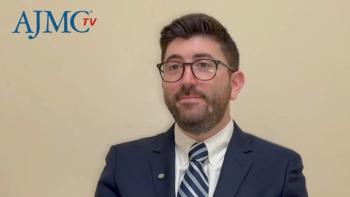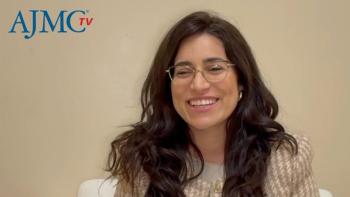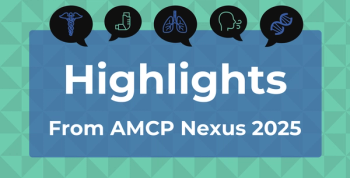
Using RWE, RCTs Improves Medication Efficacy in Patient Care: Chelsea Renfro, PharmD
Chelsea Renfro, PharmD, discusses the importance of rigorous study designs to establish medication efficacy.
It is necessary to balance rigorous clinical trials with real-world evidence (RWE) to show how data from everyday practice can guide better patient care, payer decisions, and health system outcomes, says Chelsea Renfro, PharmD, research and engagement pharmacist, Vanderbilt Specialty Pharmacy.
This transcript was lightly edited; captions were auto-generated.
Transcript
How can student pharmacists turn research data into actionable decisions for patients, payers, and health systems?
I remember in pharmacy school, when we would have a journal club presentation, we wanted to determine the rigor of a study. A lot of times, whenever we had a study that wasn’t a multi-center, randomized control trial, I remember listing that as a limitation under the evaluation of my study quality.
Whenever you’re thinking about establishing efficacy for a medication, I completely agree—you want that randomized control trial. Because in a randomized controlled trial, it’s going to be a tightly controlled environment: you have a detailed protocol and detailed inclusion and exclusion criteria. However, that means the results may not fully reflect what we see in our patients here at a health system and the patients we’re taking care of, because they often have multiple comorbidities and complex medication regimens, and sometimes they might have been excluded from those RCTs [randomized controlled trials]; they may have been excluded from that patient population.
With real-world evidence, or RWE, on the other hand, it really comes from what we're seeing with the medication, how we're seeing the medication be used in practice, whether that be through claims data or what we're seeing in patient charts, if we're extracting data from patient charts or doing chart reviews, or looking at fill history, and it really helps us understand how those therapies perform outside of those ideal conditions that they create with RCTs.
Of course, you need to evaluate the RWE study quality, but I recommend looking at those key takeaways for the research and for the data and saying, 'Okay, how can I improve this for the patient? How can I improve it from the payer standpoint? How can I improve it from the health system standpoint?'
Can I, for example, put proactive monitoring in place to decrease the number of medication discontinuations from adverse events and call the patients and let them know, 'Hey, you might be experiencing this side effect at this specific date, but here are some things that you could do to decrease those side effects, or here are some things that you can do to improve adherence?'
I think really looking at, 'What does the data show me? What does this mean in the context of what I'm seeing with my patient population, and then how can I take that next step moving forward?'
Newsletter
Stay ahead of policy, cost, and value—subscribe to AJMC for expert insights at the intersection of clinical care and health economics.













































